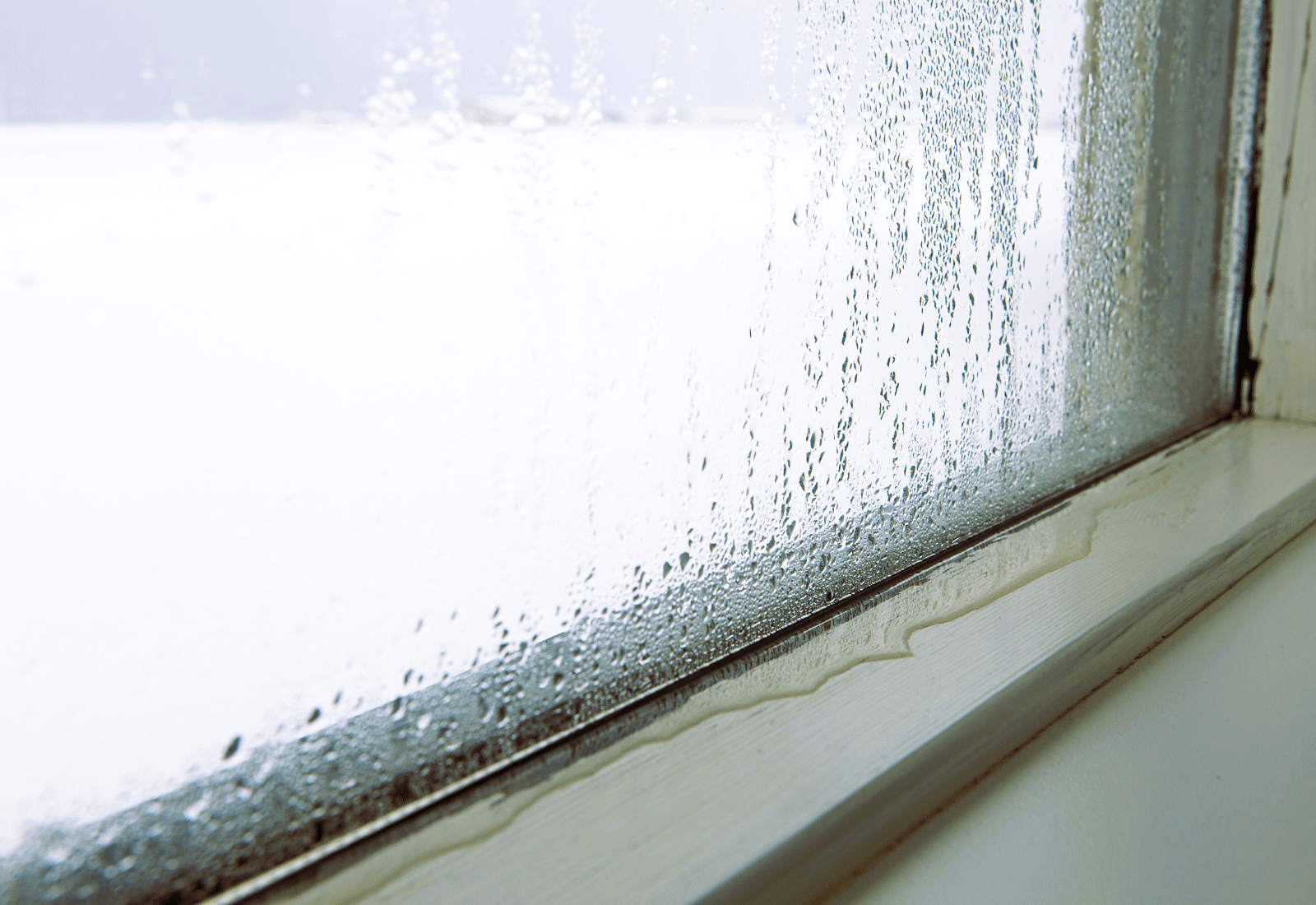Condensation on windows is a common occurrence that can lead to various issues, including reduced visibility, mold growth, and damage to window frames and surrounding structures. However, proper window ventilation can help mitigate condensation problems while also improving energy efficiency and indoor air quality. In this article, we’ll delve into the phenomenon of condensation, its impact on energy efficiency, and how proper window ventilation can address these concerns.
What is Condensation?
Condensation occurs when warm, moisture-laden air comes into contact with a cold surface, causing the air to release its moisture in the form of water droplets. Windows are particularly susceptible to condensation because they often have cooler surface temperatures than the surrounding indoor air. Condensation typically occurs during periods of high humidity, cold outdoor temperatures, and inadequate ventilation.
Impact of Condensation on Energy Efficiency
Condensation can have several negative effects on energy efficiency:
- Reduced Insulation: Condensation can accumulate on window surfaces, creating a barrier that inhibits heat transfer between the interior and exterior of the building. This can lead to increased energy consumption as heating systems work harder to maintain desired indoor temperatures.
- Moisture Damage: Excessive condensation can lead to moisture buildup on window frames, sills, and surrounding walls, increasing the risk of mold growth, rot, and structural damage. Moisture-damaged windows may require costly repairs or replacement, further impacting energy efficiency and indoor comfort.
- Air Leakage: Condensation may indicate the presence of air leakage around windows, which can compromise the effectiveness of insulation and ventilation systems. Air leakage allows conditioned air to escape and outdoor air to infiltrate, leading to energy loss and decreased comfort.
How Proper Window Ventilation Helps
Proper window ventilation is essential for managing condensation and improving energy efficiency:

- Air Circulation: Adequate ventilation promotes air circulation around windows, reducing the likelihood of moisture buildup and condensation. Opening windows periodically allows fresh air to enter the space and helps maintain optimal humidity levels indoors.
- Humidity Control: Proper ventilation helps regulate indoor humidity levels by removing excess moisture from the air. This reduces the potential for condensation to form on window surfaces and other cold surfaces within the building. Incorporating energy efficient windows into home improvement projects, read our article for more details.
- Improved Indoor Air Quality: Ventilating windows helps remove indoor pollutants, odors, and airborne contaminants, promoting healthier indoor air quality and occupant comfort. Fresh air intake from outdoors dilutes indoor pollutants and enhances ventilation efficiency.
- Temperature Equalization: Proper ventilation helps equalize indoor and outdoor temperatures, minimizing temperature differentials that can lead to condensation. Balancing indoor and outdoor conditions reduces the likelihood of moisture condensing on window surfaces.
Best Practices for Window Ventilation
To maximize the benefits of window ventilation, consider the following best practices:
- Regular Maintenance: Keep windows clean and free of obstructions to ensure optimal airflow and ventilation. Clean window tracks, weep holes, and ventilation vents regularly to prevent blockages and promote air circulation.
- Strategic Window Operation: Open windows strategically to facilitate cross-ventilation and airflow throughout the building. Open windows on opposite sides of the room or building to encourage air exchange and circulation.
- Use of Exhaust Fans: Install exhaust fans in areas prone to high humidity, such as kitchens, bathrooms, and laundry rooms, to remove excess moisture from the air. Use these fans during activities that generate moisture, such as cooking, showering, and drying laundry.
- Humidity Monitoring: Use a hygrometer to monitor indoor humidity levels and adjust ventilation as needed to maintain optimal conditions. Aim for indoor humidity levels between 30% and 50% to minimize condensation and mold growth.
In conclusion, proper window ventilation plays a crucial role in managing condensation, improving energy efficiency, and maintaining indoor air quality. By promoting air circulation, controlling humidity levels, and preventing moisture buildup, proper ventilation helps mitigate condensation-related issues and enhances overall comfort and sustainability.
For more information on condensation management and window ventilation, consult reputable sources such as Wikipedia. By implementing proper ventilation strategies and following best practices, homeowners can enjoy healthier, more energy-efficient living spaces for years to come.

